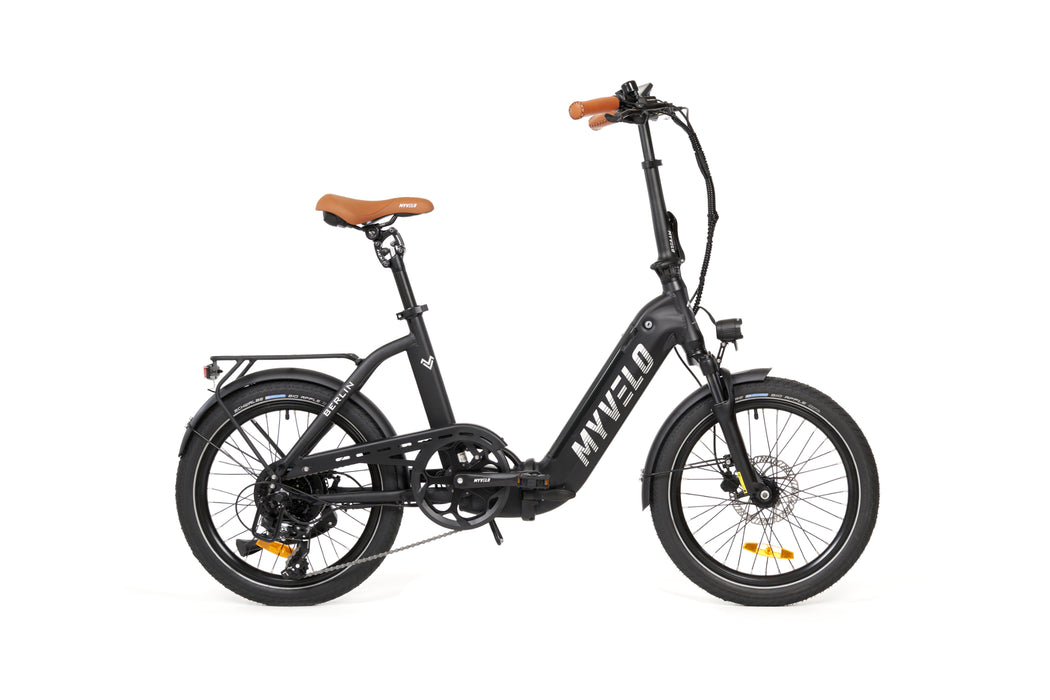
Berlin electric folding bike
incl. FREE shipping & free returns
Delivery time 2-4 days

Modern cities face major challenges: traffic jams, air pollution, and noise pollution impair the quality of life and make everyday life stressful for many people. But the solution is often closer than one might think – in optimizing local transport. E-bikes and bicycles, in particular, play a key role in this.
Von Isatou Schulz |
2 minutes read time

Well-functioning public transport is more than just a matter of mobility. It's a key factor for quality of life in cities and rural areas. Fast connections, low emissions, and less noise mean less stress and more joy in life. Furthermore, modern public transport reduces dependence on cars and creates space for green spaces and livable neighborhoods.
E-bikes are an essential component of a modern public transport system. They combine the flexibility of bicycles with the range and speed of motorized vehicles. In cities and towns, they enable rapid mobility without traffic jams and the hassle of searching for parking. E-bikes are an attractive alternative, especially for commuters traveling short to medium distances. They reduce road congestion, reduce CO₂ emissions, and promote health.
Less traffic congestion – Cycle paths and cycle streets relieve pressure on main traffic arteries.
Lower emissions – Every kilometer traveled by e-bike instead of car saves CO₂.
Better health and quality of life – Exercise in the fresh air strengthens body and mind.
Flexible mobility – E-bikes connect city centers with suburbs and rural regions.
To encourage more people to switch to e-bikes, targeted measures are necessary:
Development of safe cycle paths – Wide, well-lit cycle paths separated from car traffic increase safety and attractiveness.
Bike-sharing programs – Flexible rental systems make access to e-bikes easier.
Secure parking – Covered, lockable bicycle parking spaces and charging stations encourage use.
Subsidies and financial incentives – Tax breaks and purchase premiums lower the barrier to entry.
Well-designed local transport that actively integrates e-bikes is a win-win for everyone. It relieves road congestion, reduces emissions, and improves the quality of life – in cities, municipalities, and regions alike. Those who invest in bicycle-friendly infrastructure today are laying the foundation for a sustainable and livable future.